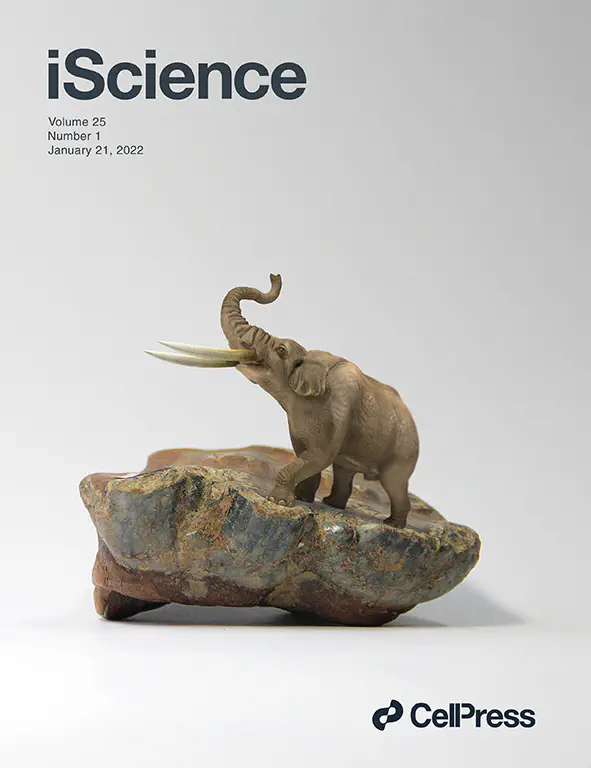Revisiting proboscidean phylogeny and evolution through total evidence and palaeogenetic analyses including Notiomastodon ancient DNA

Abstract
The extinct Gomphotheriidae is the only proboscidean family that colonized South America. The phylogenetic position of the endemic taxa has been through several revisions using morphological comparisons. Morphological studies are enhanced by paleogenetic analyses, a powerful tool to resolve phylogenetic relationships; however, ancient DNA (aDNA) preservation decreases in warmer regions. Despite the poor preservation conditions for aDNA in humid, sub-tropical climates, we recovered ∼3,000 bp of mtDNA of Notiomastodon platensis from the Arroyo del Vizcaíno site, Uruguay. Our calibrated phylogeny places Notiomastodon as a sister taxon to Elephantidae, with a divergence time of ∼13.5 Ma. Additionally, a total evidence analysis combining morphological and paleogenetic data shows that the three most diverse clades within Proboscidea diverged during the early Miocene, coinciding with the formation of a land passage between Africa and Eurasia. Our results are a further step toward aDNA analyses on Pleistocene samples from subtropical regions and provide a framework for proboscidean evolution.